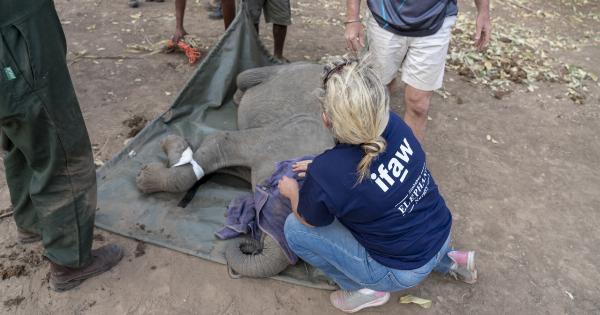Allergies are a common occurrence, with millions of people worldwide experiencing reactions to various substances. While most allergic reactions are mild, some individuals may develop life-threatening allergies, known as anaphylaxis.
Anaphylaxis is a severe allergic reaction that can result in a rapid onset of symptoms that affect multiple organ systems. It is important to understand the signs and symptoms of anaphylaxis and how to respond in order to prevent life-threatening complications.
What is Anaphylaxis?
Anaphylaxis is a severe and potentially life-threatening allergic reaction that occurs when the body’s immune system overreacts to an allergen. It can be triggered by various substances, including foods, medications, insect stings, and latex.
Anaphylaxis causes the release of a flood of chemicals in the body, leading to a sudden and widespread allergic response.
Symptoms of Anaphylaxis
The symptoms of anaphylaxis can vary from person to person, but common signs include:.
- Difficulty breathing or wheezing
- Tightness or constriction in the throat
- Swelling of the lips, tongue, or face
- Rapid or weak pulse
- Dizziness or fainting
- Abdominal pain, nausea, or vomiting
- Hives or widespread itching
If left untreated, anaphylaxis can progress rapidly, leading to a loss of consciousness and potentially death. It is crucial to recognize the symptoms and respond promptly.
Emergency Response
If you or someone around you is experiencing symptoms of anaphylaxis, it is important to take immediate action. Follow these steps:.
- Administer Epinephrine: If the individual has been prescribed an epinephrine auto-injector (such as an EpiPen), use it right away. Epinephrine helps to reverse the allergic reaction and can keep the symptoms from worsening.
- Call Emergency Medical Services: Even if the symptoms subside after using epinephrine, it is crucial to seek medical attention. Anaphylaxis is a medical emergency, and additional treatments and monitoring may be necessary.
- Reassure and Monitor: Stay with the individual and help them remain calm. Keep a close eye on their vital signs, such as heart rate and breathing rate. Be prepared to administer CPR if necessary.
- Avoid Triggers: If the cause of the allergic reaction is known, remove the individual from the source of the allergen to prevent further exposure.
Prevention and Management
While it may not always be possible to prevent anaphylaxis, there are steps individuals with known allergies can take to reduce the risk:.
- Identify Triggers: Work with a healthcare professional to identify potential triggers and develop a management plan.
- Avoid Allergens: Take steps to avoid exposure to known allergens, such as reading food labels and carrying an epinephrine auto-injector.
- Educate Others: Inform friends, family, and coworkers about your allergies, particularly if they have witnessed or may need to respond to an allergic reaction.
- Wear Medical Alert Jewelry: Consider wearing a medical alert bracelet or necklace that indicates your allergies. This can help others provide appropriate assistance in an emergency.
- Regular Check-ups: Schedule regular check-ups with an allergist or immunologist to monitor your allergies and adjust your management plan as necessary.
Conclusion
Anaphylaxis is a severe allergic reaction that can be life-threatening if not promptly addressed. Recognizing the symptoms and knowing how to respond can make a significant difference in preventing complications and saving lives.
If you or someone you know has life-threatening allergies, it is essential to have an emergency action plan in place and seek medical attention immediately. With proper prevention, management, and education, individuals with severe allergies can lead safer and healthier lives.































